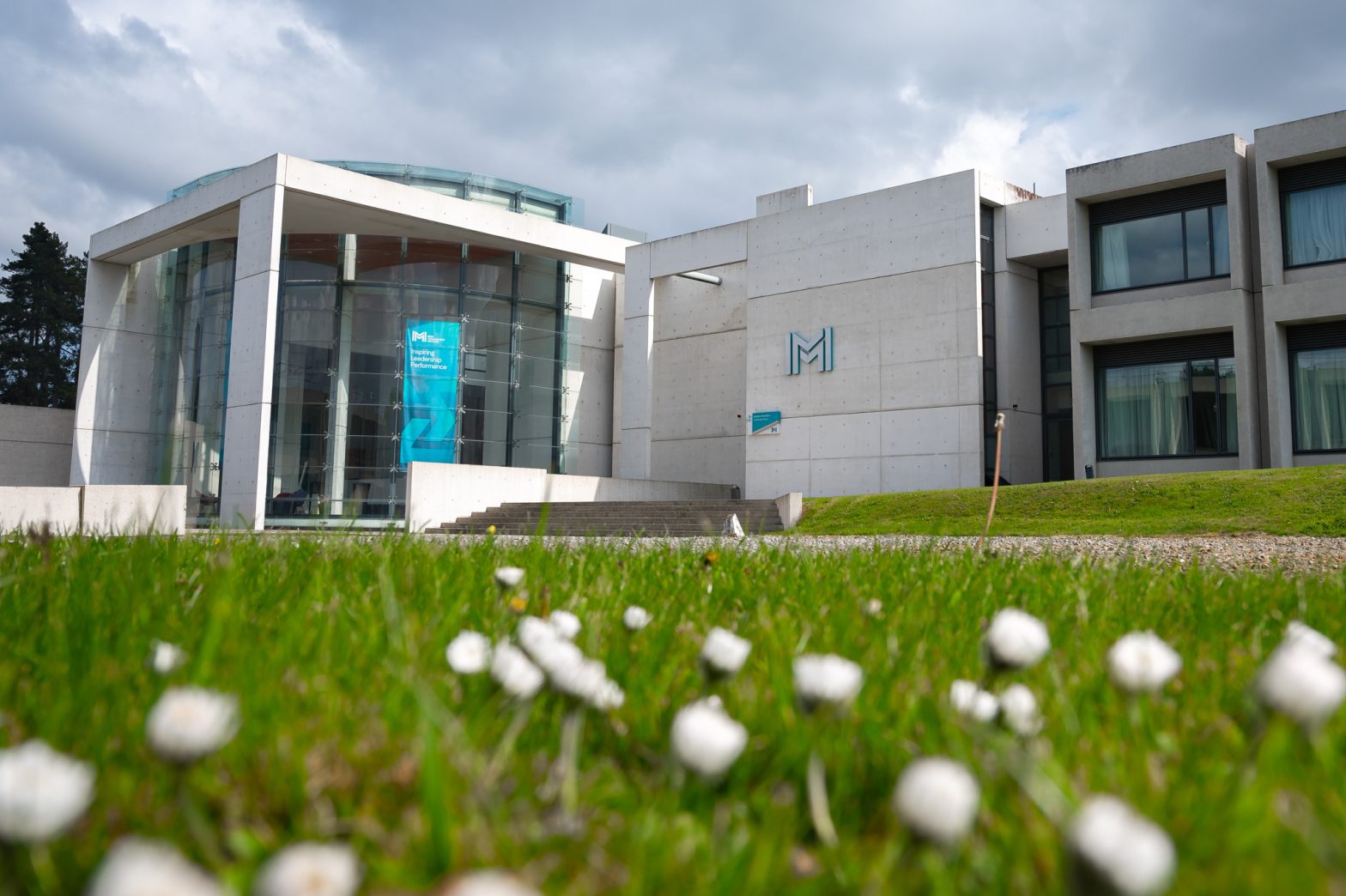Event Insights: How Can You Create a Compelling Strategy That Everyone Loves?
By IMI | 27th March 2024
In the dynamic landscape of business, organisations often struggle to ensure that key stakeholders can understand their strategies. During our Lunch & Learn event, Padraig Hyland went into detail about the power of strategic storytelling in revitalising organisational identity and driving success. Drawing from the tale of Ken Allen, former CEO of DHL, Padraig underscored the transformative potential of reconnecting with a company’s narrative.
Ken Allen’s tenure at DHL serves as a poignant case study of how a once-leading company lost its way amidst organisational changes. Acquired by Deutsche Post, DHL found itself adrift in international and domestic business, losing touch with its core identity and haemorrhaging profits to the tune of 1 billion dollars annually. Allen recognised that the essence of strategy lies not merely in formulation but in execution, and execution hinges on people – their understanding, alignment, and passion.
Padraig emphasised the concept of narrative intelligence – the adept use of storytelling to imbue meaning and clarity. Beyond mere entertainment, storytelling becomes a vehicle for fostering trust, articulating vision, and aligning actions. Through narrative, abstract concepts like strategy and culture are brought to life, transcending the confines of mission statements and pillars.
The fusion of “smart strategy” and “heart strategy” emerges as a potent formula for organisational success. Smart strategy entails identifying unique business goals and user needs, engaging intellect and reason. Heart strategy, on the other hand, taps into shared aspirations and values, igniting passion and commitment. By aligning these two facets, organisations can forge a cohesive narrative that resonates with stakeholders on multiple levels.
Padraig’s insights extend beyond theory, finding resonance in real-world examples like Ogilvy, where strategic storytelling catalysed alignment and innovation by focusing on the culture of the organisation, rather than their value proposition. By weaving together origin stories, current narratives, and vision stories, organisations can craft a compelling narrative that guides culture, strategy, and brand.
Central to Padraig’s thesis is the recognition that all decisions, whether in business or life, are fundamentally emotional. Hence, the strategic storyteller must appeal not just to the mind but to the heart. Personal anecdotes, inspirational narratives, and authentic connections serve as bridges that expedite trust-building and foster engagement.
In the realm of leadership, strategic storytelling emerges as a transformational tool for influence and impact. Whether at the outset of a meeting or in moments of trust-building, storytelling allows leaders to show up authentically, resonate with their audience, and inspire action.
In conclusion, Padraig Hyland’s session underscored the potential of strategic storytelling in navigating the complexities of modern business. By harnessing the power of narrative, organisations can chart a course that not only drives success but also fosters cohesion, purpose, and resilience in an ever-evolving landscape. As Ken Allen’s journey exemplifies, the true essence of strategy lies not in the boardroom but in the stories we tell, and the way our teams execute that strategy.



